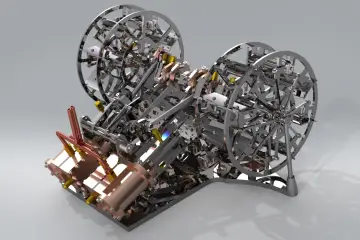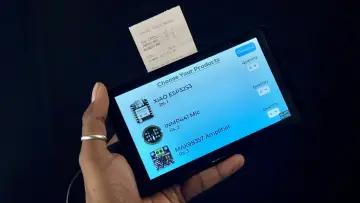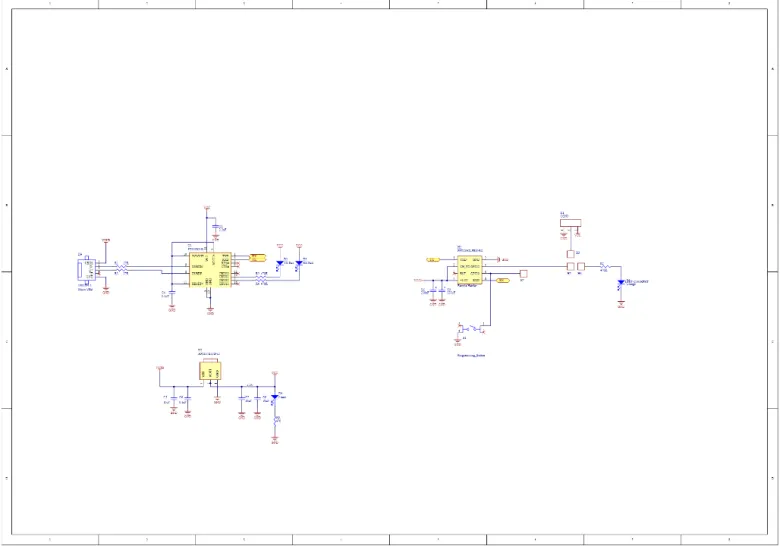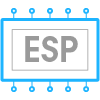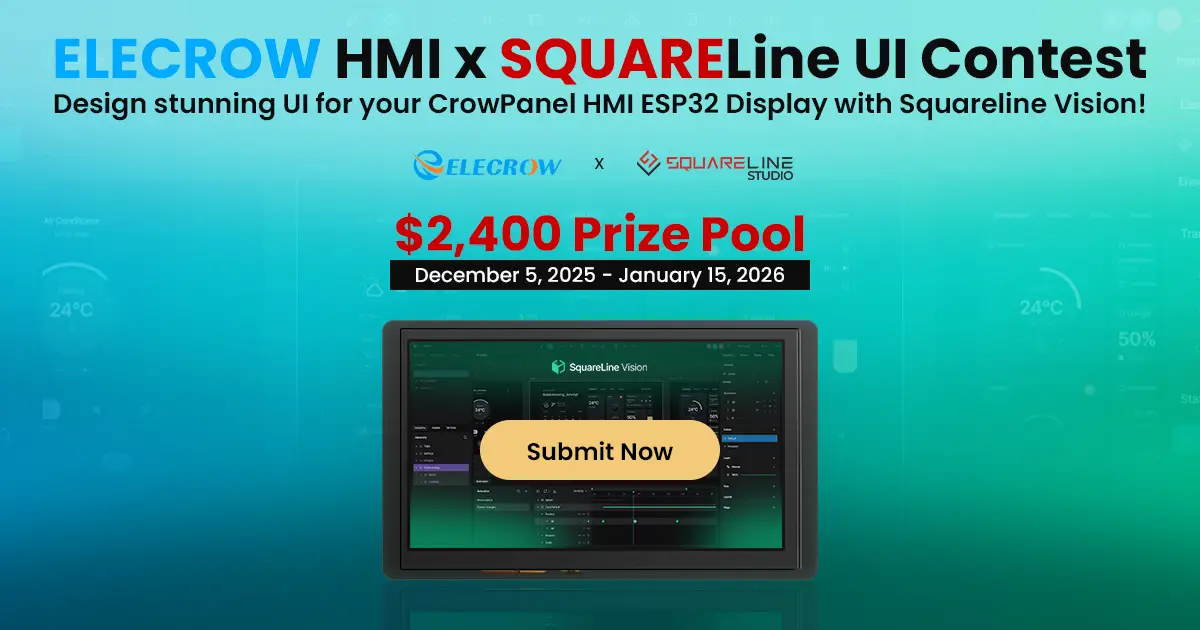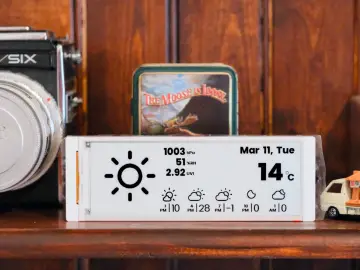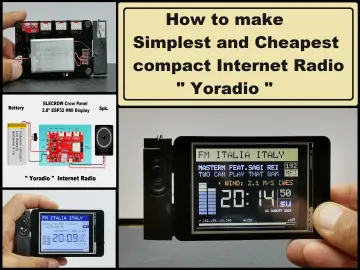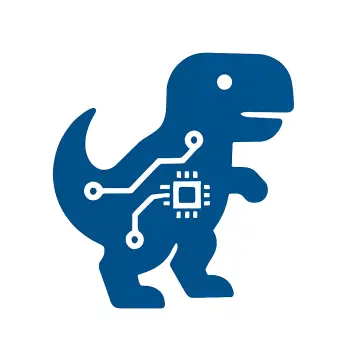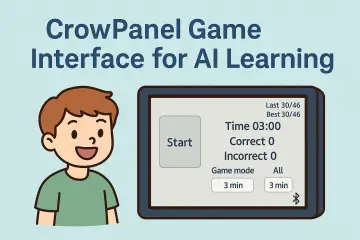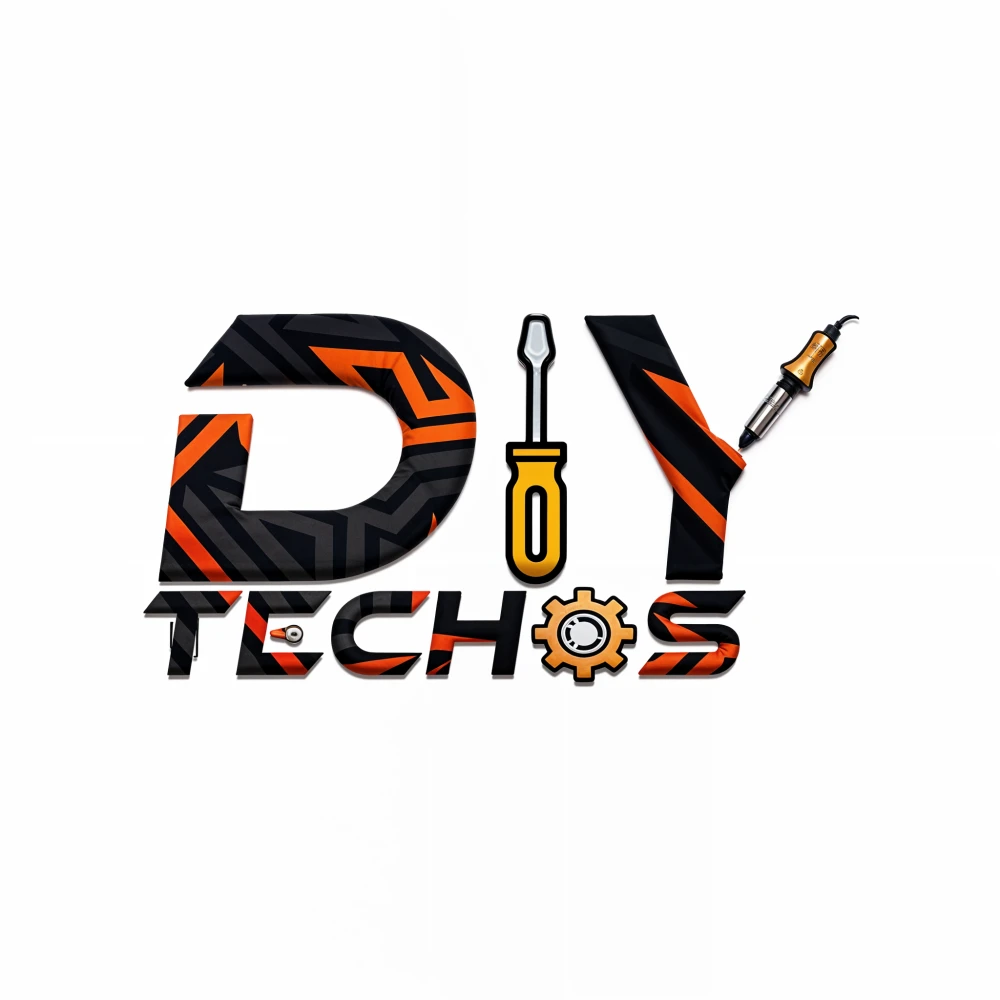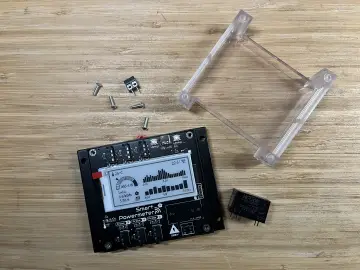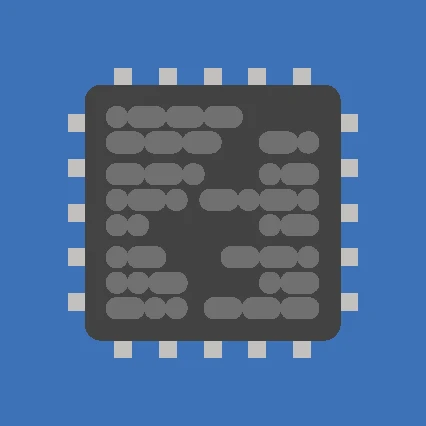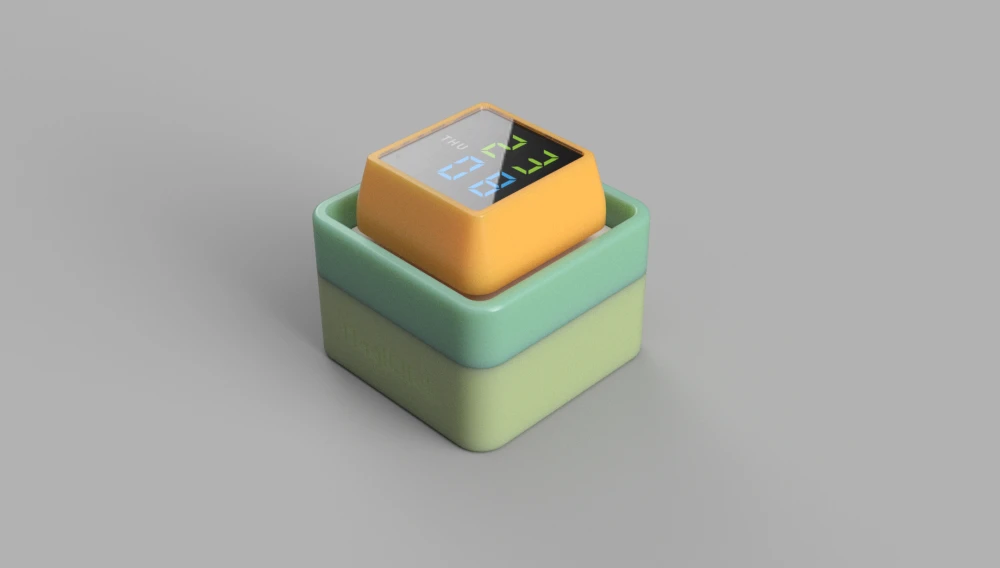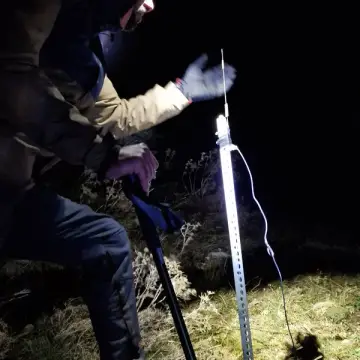Story
ESP_i2c_OLED_Test2.ino
//This code is a mess right now but does show something on the display
//Oled Display i'm using has an i2c address of 0x0C
//ESP-01 has only two I/O pins, 0=SDA, 2=SCL
//==========================================================//
// //
// OLED Test Code //
// //
//==========================================================//
#include <Wire.h>
//---------------FONT + GRAPHIC-----------------------------//
#include "data.h"
//==========================================================//
// OLED I2C bus address
#define OLED_address 0x3c
void setup()
{
// Set SDA & SCL for ESP8266 to:
#ifdef ARDUINO_ESP8266_ESP01
Wire.pins(0, 2); //0=SDA, 2=SCL, 2 also =LED
#endif
// Initialize I2C and OLED Display
Wire.begin();
init_OLED();
reset_display(); // Clear logo and load saved mode
}
//==========================================================//
void loop()
{
for(int i=0;i<128*8;i++) // show 128* 64 Logo
SendChar(pgm_read_byte(logo+i));
delay(8000);
displayOn();
clear_display();
while(1)
{
sendStrXY("Oled on",3,0);
sendStrXY("ESP8266 only!",4,0);
delay(4000);
reset_display();
clear_display();
delay(1000);
reset_display();
}
}
//==========================================================//
// Resets display depending on the actual mode.
static void reset_display(void)
{
displayOff();
clear_display();
displayOn();
}
//==========================================================//
// Turns display on.
void displayOn(void)
{
sendcommand(0xaf); //display on
}
//==========================================================//
// Turns display off.
void displayOff(void)
{
sendcommand(0xae); //display off
}
//==========================================================//
// Clears the display by sendind 0 to all the screen map.
static void clear_display(void)
{
unsigned char i,k;
for(k=0;k<8;k++) //8
{
setXY(k,0);
{
for(i=0;i<128;i++) //was 128
{
SendChar(0); //clear all COL
}
}
}
}
//==========================================================//
// Actually this sends a byte, not a char to draw in the display.
// Display's chars uses 8 byte font the small ones and 96 bytes
// for the big number font.
static void SendChar(unsigned char data)
{
Wire.beginTransmission(OLED_address); // begin transmitting
Wire.write(0x40);//data mode
Wire.write(data);
Wire.endTransmission(); // stop transmitting
}
//==========================================================//
// Prints a display char (not just a byte) in coordinates X Y,
// being multiples of 8. This means we have 16 COLS (0-15)
// and 8 ROWS (0-7).
static void sendCharXY(unsigned char data, int X, int Y)
{
setXY(X, Y);
Wire.beginTransmission(OLED_address); // begin transmitting
Wire.write(0x40);//data mode
for(int i=0;i<8;i++) //8
Wire.write(pgm_read_byte(myFont[data-0x20]+i));
Wire.endTransmission(); // stop transmitting
}
//==========================================================//
// Used to send commands to the display.
static void sendcommand(unsigned char com)
{
Wire.beginTransmission(OLED_address); //begin transmitting
Wire.write(0x80); //command mode
Wire.write(com);
Wire.endTransmission(); // stop transmitting
}
//==========================================================//
// Set the cursor position in a 16 COL * 8 ROW map.
static void setXY(unsigned char row,unsigned char col)
{
sendcommand(0xb0+row); //set page address
sendcommand(0x00+(8*col&0x0f)); //set low col address //8
sendcommand(0x10+((8*col>>4)&0x0f)); //set high col address //8
}
//==========================================================//
// Prints a string regardless the cursor position.
static void sendStr(unsigned char *string)
{
unsigned char i=0;
while(*string)
{
for(i=0;i<8;i++)
{
SendChar(pgm_read_byte(myFont[*string-0x20]+i));
}
*string++;
}
}
//==========================================================//
// Prints a string in coordinates X Y, being multiples of 8.
// This means we have 16 COLS (0-15) and 8 ROWS (0-7).
static void sendStrXY( char *string, int X, int Y)
{
setXY(X,Y);
unsigned char i=0;
while(*string)
{
for(i=0;i<8;i++)
{
SendChar(pgm_read_byte(myFont[*string-0x20]+i));
}
*string++;
}
}
//==========================================================//
// Inits oled and draws logo at startup
static void init_OLED(void)
{
sendcommand(0xae); //display off
sendcommand(0xa6); //Set Normal Display (default)
// Adafruit Init sequence for 128x64 OLED module
sendcommand(0xAE); //DISPLAYOFF
sendcommand(0xD5); //SETDISPLAYCLOCKDIV
sendcommand(0x80); // the suggested ratio 0x80
sendcommand(0xA8); //SSD1306_SETMULTIPLEX
sendcommand(0x2F); //--1/48 duty //NEW!!!
sendcommand(0xD3); //SETDISPLAYOFFSET
sendcommand(0x0); //no offset
sendcommand(0x40 | 0x0); //SETSTARTLINE
sendcommand(0x8D); //CHARGEPUMP
sendcommand(0x14);
sendcommand(0x20); //MEMORYMODE
sendcommand(0x00); //0x0 act like ks0108
sendcommand(0xA0 | 0x1); //SEGREMAP //Rotate screen 180 deg
//sendcommand(0xA0);
sendcommand(0xC8); //COMSCANDEC Rotate screen 180 Deg
//sendcommand(0xC0);
sendcommand(0xDA); //0xDA
sendcommand(0x12); //COMSCANDEC
sendcommand(0x81); //SETCONTRAS
sendcommand(0xCF); //
sendcommand(0xd9); //SETPRECHARGE
sendcommand(0xF1);
sendcommand(0xDB); //SETVCOMDETECT
sendcommand(0x40);
sendcommand(0xA4); //DISPLAYALLON_RESUME
sendcommand(0xA6); //NORMALDISPLAY
clear_display();
sendcommand(0x2e); // stop scroll
//----------------------------REVERSE comments----------------------------//
// sendcommand(0xa0); //seg re-map 0->127(default)
// sendcommand(0xa1); //seg re-map 127->0
// sendcommand(0xc8);
// delay(1000);
//----------------------------REVERSE comments----------------------------//
// sendcommand(0xa7); //Set Inverse Display
// sendcommand(0xae); //display off
sendcommand(0x20); //Set Memory Addressing Mode
sendcommand(0x00); //Set Memory Addressing Mode ab Horizontal addressing mode
// sendcommand(0x02); // Set Memory Addressing Mode ab Page addressing mode(RESET)
setXY(0,0);
/*
for(int i=0;i<128*8;i++) // show 128* 64 Logo
{
SendChar(pgm_read_byte(logo+i));
}
*/
sendcommand(0xaf); //display on
}
More Code on GitHub: https://github.com/mike-rankin/ESP_LUA_Loader.This is GitHub account: https://github.com/mike-rankin where you will explore more excellent projects. He is a good DIY maker who designs custom ESP32 IoT projects using Altium Designer, Arduino IDE and Fusion360. Welcome everyone to follow.











